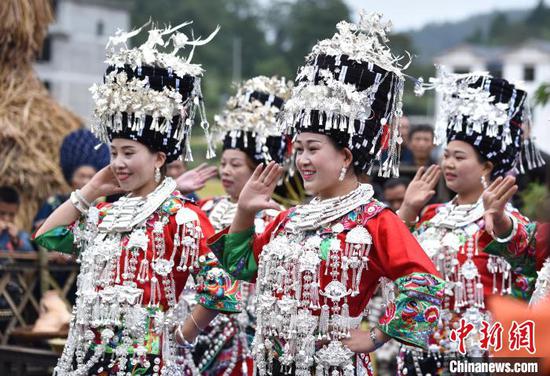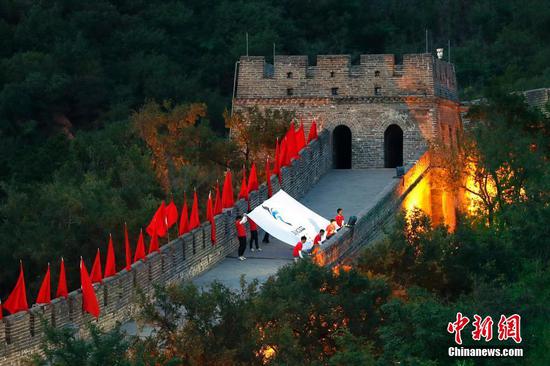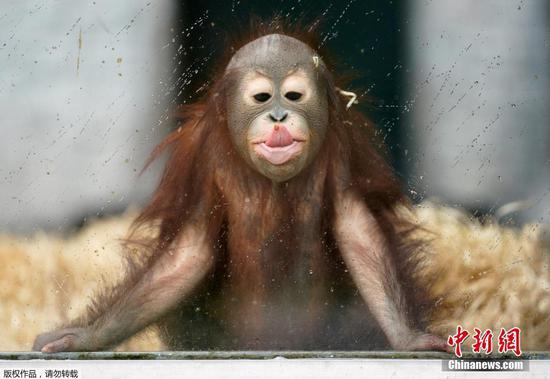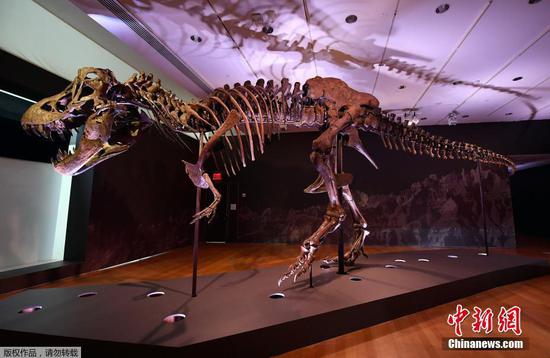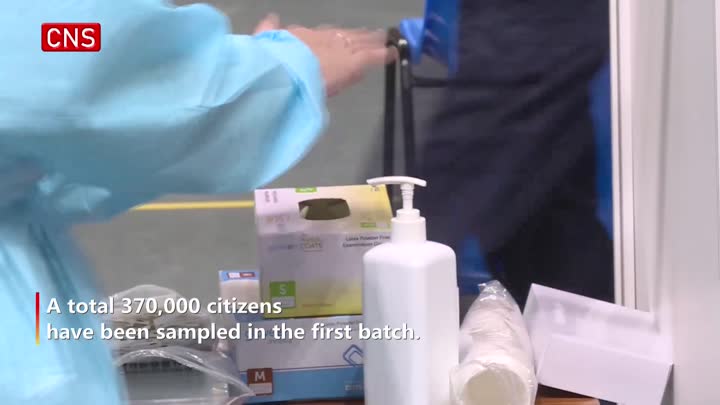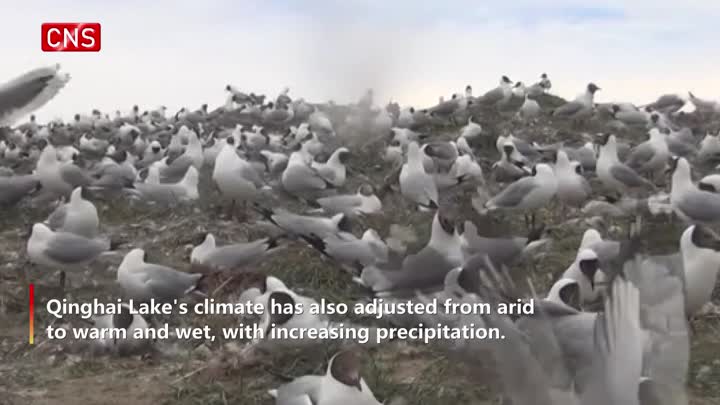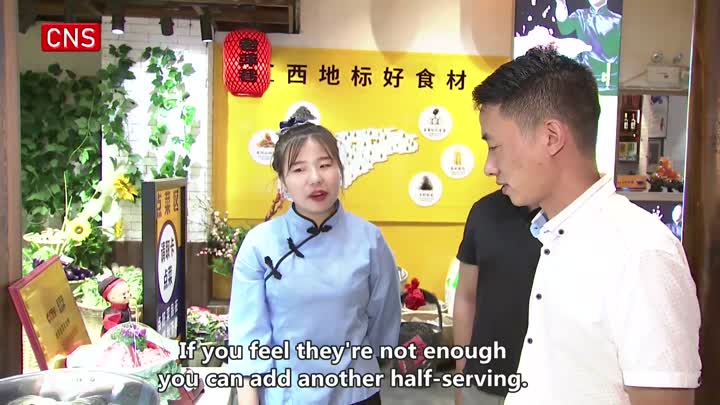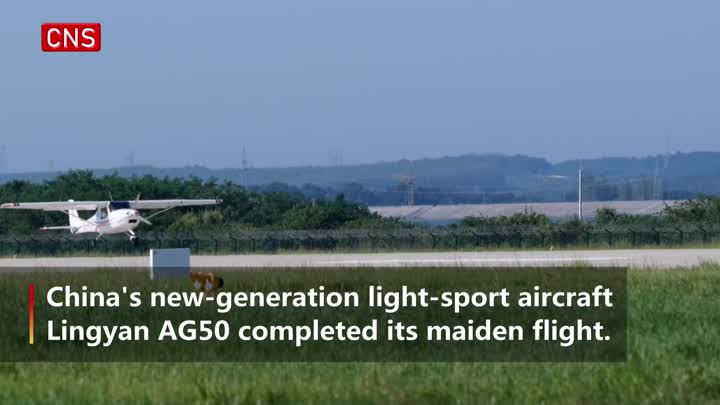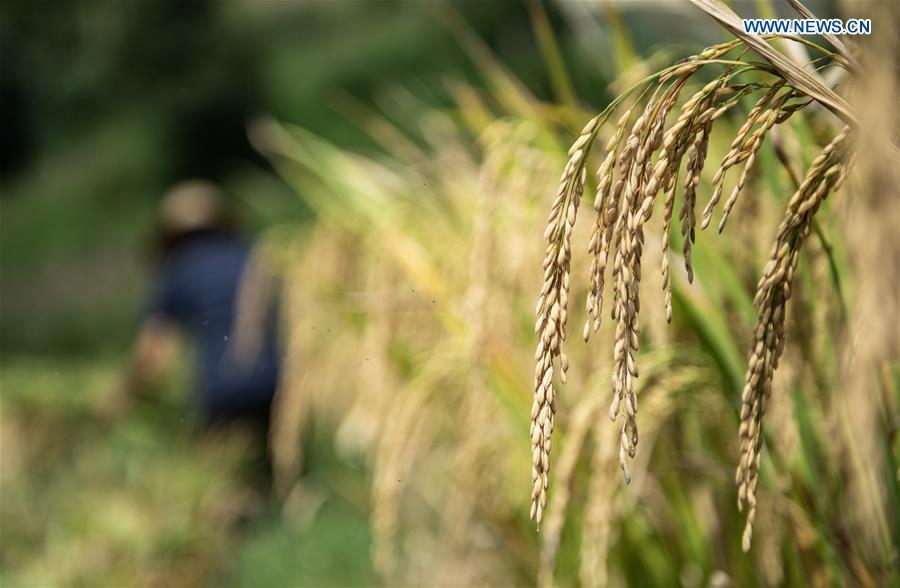
Autumn Equinox lies at the midpoint of autumn, dividing autumn into two equal parts. After that day, the location of direct sunlight moves to the south, making days shorter and nights longer in the northern hemisphere. The traditional Chinese lunar calendar divides the year into 24 solar terms. Autumn Equinox, (Chinese: 秋分), the 16th solar term of the year, begins this year on Sept 22 and ends on Oct 7.

Cool autumn
As it is said in the ancient book, The Detailed Records of the Spring and Autumn Period (770-476BC), "It is on Autumn Equinox day that the Yin and Yang are in a balance of power. Thus the day and night are of equal length, and so are the cold and hot weather."
By Autumn Equinox, most of the areas in China have entered the cool autumn. When the cold air heading south meets the declining warm and wet air, precipitation is the result. The temperature also drops frequently.
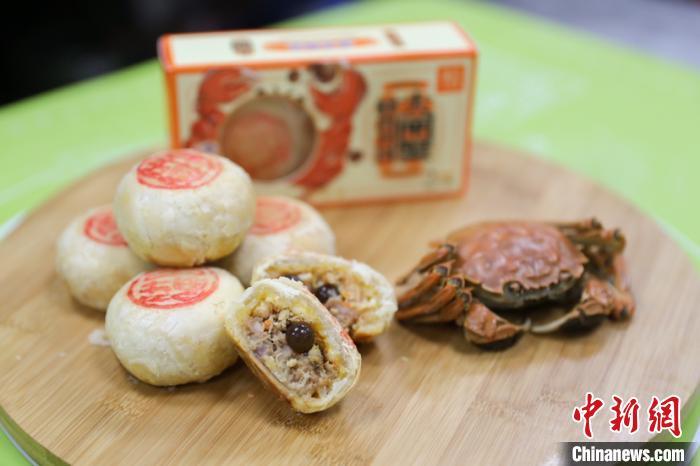
Season for eating crab
In this season, crab is delicious. It helps nourish the marrow and clear heat inside the body.

Standing eggs on end On Autumn Equinox day, thousands of people around the world try to make eggs stand on end. This Chinese custom has become the world's game. According to experts, on the Spring Equinox and Autumn Equinox, the day and night are of equal time both in the southern and northern hemispheres. The earth's axis, on its 66.5 degree tilt, is in a relative balance of power with the earth's orbit around the sun. Thus it is a very conducive time for standing eggs on end. But some also say that standing the egg has nothing to do with the time. The most important thing is to shift the egg's center of gravity to the lowest part of the egg. In this way, the trick is holding the egg until the yolk sinks as much as possible. For this, you're better off choosing an egg that's about 4 or 5 days old, whose yolk is inclined to sink down.
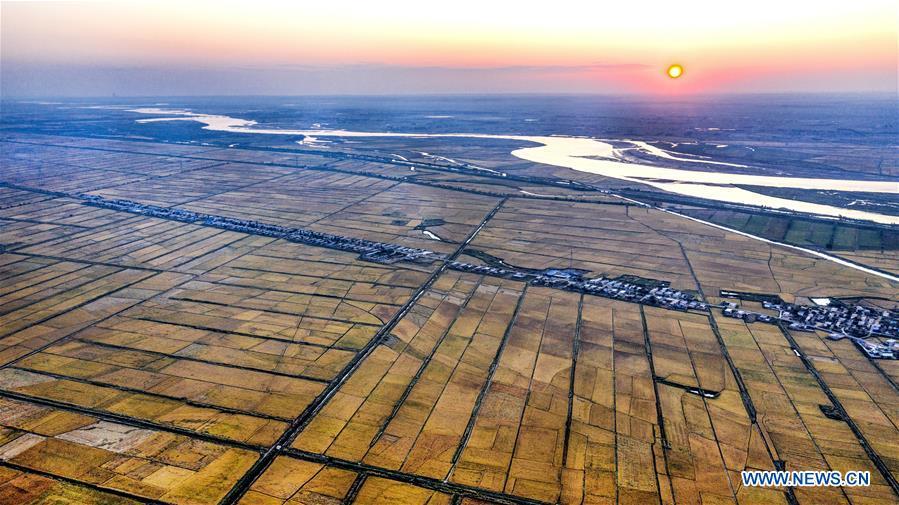
Aerial photo taken on Sept. 23, 2019 shows a view of fields in Pingluo County, northwest China's Ningxia Hui Autonomous Region. The Chinese farmers' harvest festival falls on the Autumn Equinox, or Sept. 23 this year. (Xinhua/Tao Ming)
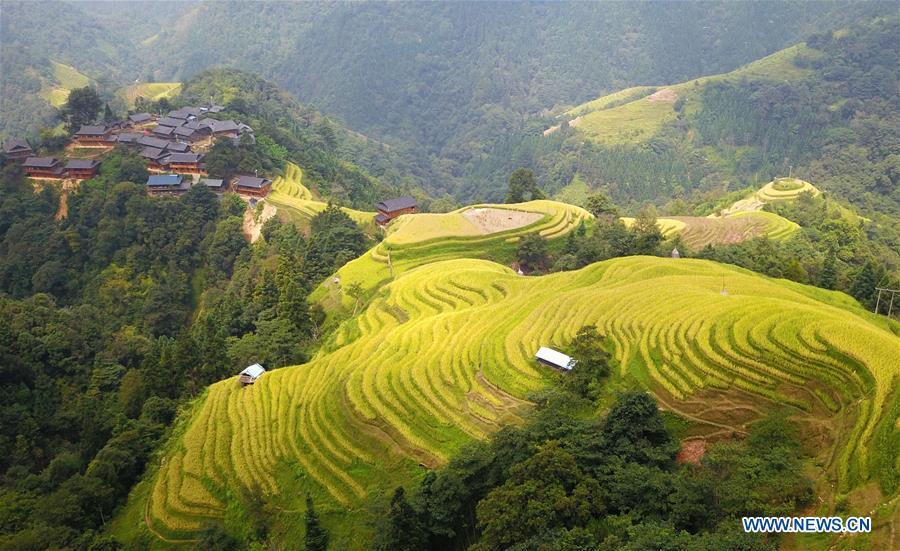
Aerial photo taken on Sept. 17, 2019 shows a view of the terraced fields at Jihua Village in Rongjiang County of Qiandongnan Miao and Dong Autonomous Prefecture, southwest China's Guizhou Province. The Chinese farmers' harvest festival falls on the Autumn Equinox, or Sept. 23 this year. (Xinhua/Yang Wenbin)
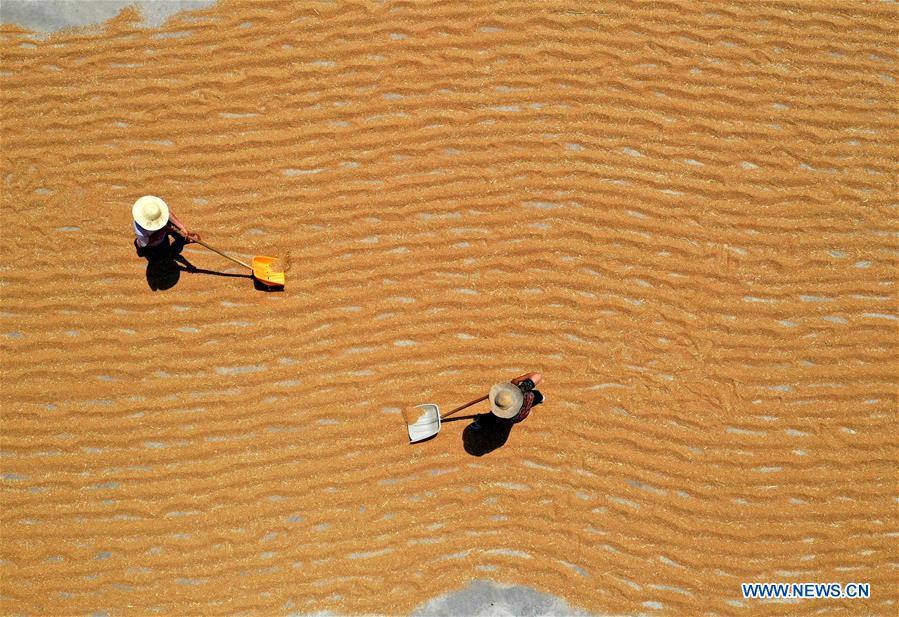
Aerial photo taken on June 13, 2019 shows villagers drying wheat at Zezhang Village in Yuncheng City, north China's Shanxi Province. The Chinese farmers' harvest festival falls on the Autumn Equinox, or Sept. 23 this year. (Photo by Gao Xinsheng/Xinhua)
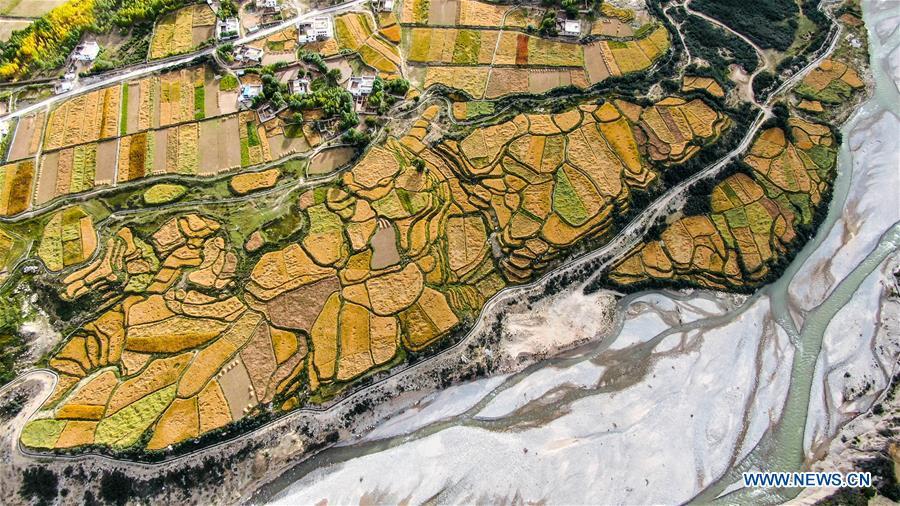
Aerial photo taken on Sept. 13, 2019 shows scenery of the Nyemo Maqu River and fields in Nyemo County of Lhasa, southwest China's Tibet Autonomous Region. The Chinese farmers' harvest festival falls on the Autumn Equinox, or Sept. 23 this year. (Xinhua/Jigme Dorje)
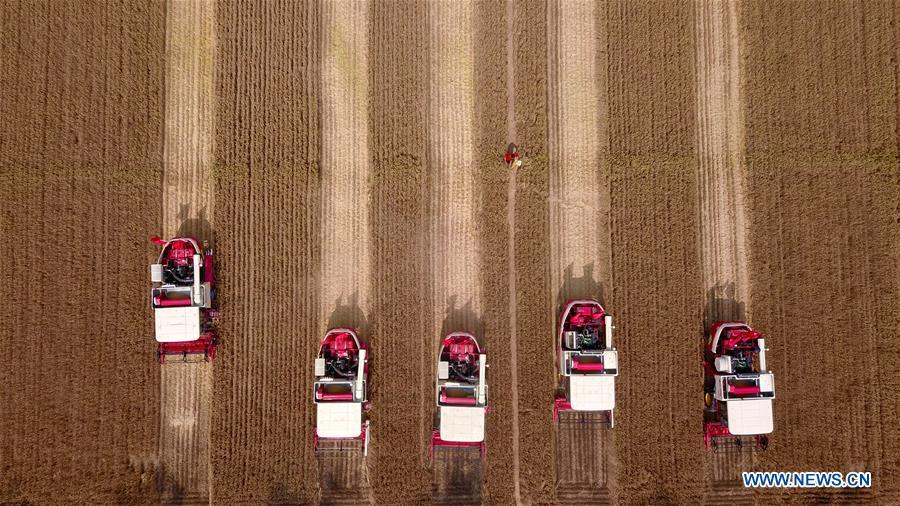
Aerial photo taken on May 31, 2019 shows reapers harvesting wheat at Zhongshan Township in Jiaxiang County in Jining City, east China's Shandong Province. The Chinese farmers' harvest festival falls on the Autumn Equinox, or Sept. 23 this year. (Xinhua/Guo Xulei)

Aerial photo taken on Sept. 20, 2019 shows harvesters cropping alfalfa in Ar Horqin Banner of north China's Inner Mongolia Autonomous Region. The Chinese farmers' harvest festival falls on the Autumn Equinox, or Sept. 23 this year. (Xinhua/Liu Lei)
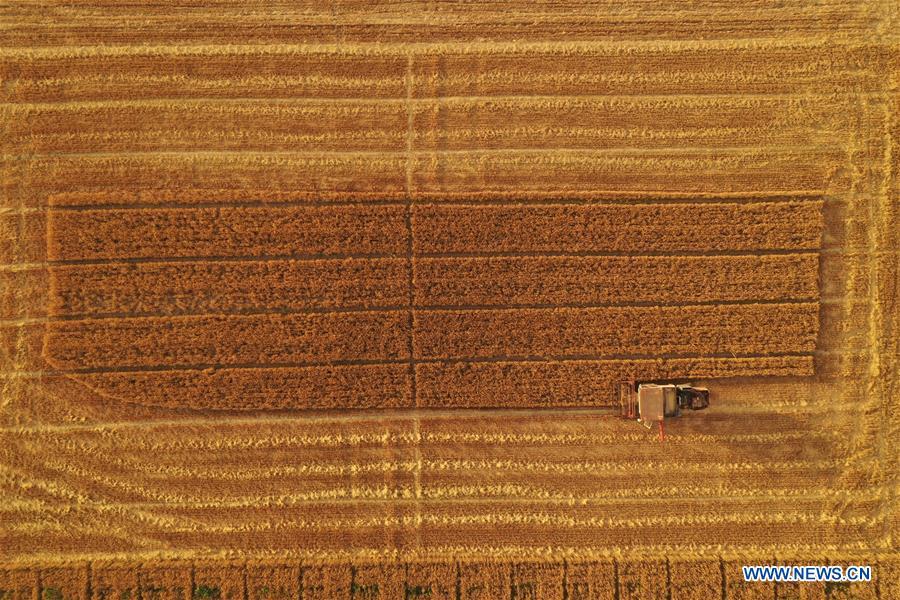
Aerial photo taken on June 13, 2019 shows the wheat field at Xiaowang Village of Dawang Town, in Xiongan New Area, north China's Hebei Province. The Chinese farmers' harvest festival falls on the Autumn Equinox, or Sept. 23 this year. (Xinhua/Xing Guangli)
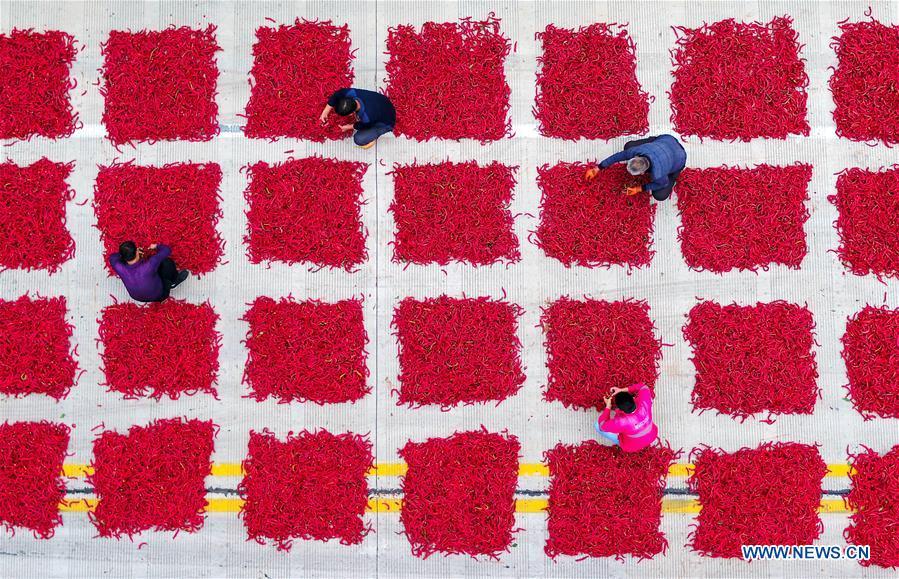
Aerial photo taken on Sept. 19, 2019 shows farmers airing chilies at a chili processing factory in Jize County of Handan, north China's Hebei Province. The Chinese farmers' harvest festival falls on the Autumn Equinox, or Sept. 23 this year. (Xinhua/Wang Xiao)










